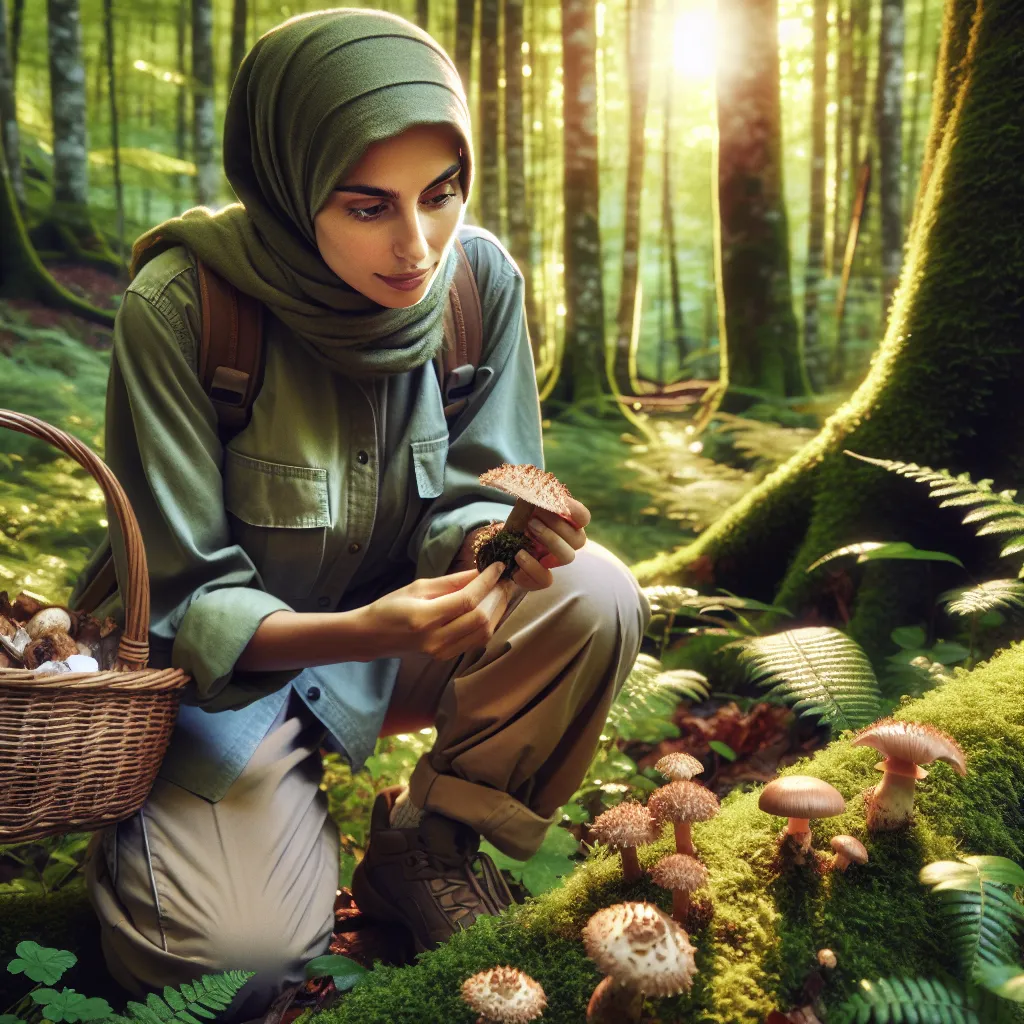Mushroom hunting, also known as foraging, is a delightful activity that combines the thrill of the hunt with the serenity of being in nature. It’s a pastime that has been enjoyed for centuries, offering both culinary rewards and the sheer enjoyment of being outdoors. However, it’s not without its challenges and risks. This article will guide you through the essentials of mushroom hunting, share experiences from seasoned foragers, and provide you with resources to help make your next mushroom hunting adventure a success.
Understanding Your Fungi
Before you set out on your mushroom hunting expedition, it’s crucial to know what you’re looking for. Mushrooms come in all shapes, sizes, and colors, and while some are delectable, others can be deadly. To distinguish between them, it’s essential to educate yourself about the local varieties in your region.
Identification
The first step in mushroom hunting is learning to correctly identify mushrooms. There are several identifying features to look out for:
- Cap Shape: The shape of the mushroom cap can range from conical to flat or bell-shaped.
- Color: Mushrooms can be white, brown, red, purple, and even blue.
- Size: They can be as small as a dime or larger than a dinner plate.
- Gills: The presence and pattern of gills under the cap are key indicators.
- Stem: Some mushrooms have stems, while others do not.
- Spore Print: The color of a mushroom’s spore print is another critical identification tool.
Taking a local mycology course or joining a foraging group can be an excellent way to start. Online resources like the Mushroom Expert (MushroomExpert.com) provide detailed information on mushroom species and are a great place to deepen your knowledge.

Safety First
When foraging for mushrooms, safety is paramount. Misidentification can lead to serious health consequences, so when in doubt, leave it out. Here are some safety tips:
- Never eat a mushroom unless you are 100% certain of its identity.
- Use guidebooks or apps for reference, but do not rely on them solely.
- Consider the environment — some mushrooms absorb and concentrate toxins from their surroundings.
- Cook all wild mushrooms — some edible species can be toxic if eaten raw.
- Start with easily recognizable species that have no poisonous look-alikes.
Websites like The North American Mycological Association (NAMA) offer workshops and forays which are invaluable for learning safe mushroom foraging practices.
Gear Up
Proper gear can make your mushroom hunting more enjoyable and efficient. Here’s what you should consider bringing:
- A basket or mesh bag to allow spores to disperse as you walk.
- A small knife for harvesting.
- A brush to clean your finds in the field.
- Comfortable, weather-appropriate clothing and sturdy walking shoes.
- A GPS or compass to avoid getting lost.
- A notebook or phone app for notes and photos.
Know the Terrain
Mushrooms thrive in specific environments depending on their species. Some prefer the moist, dark floor of a dense forest, while others might be found in open meadows or under certain types of trees. Learning where to look can dramatically increase your chances of a bountiful harvest.
Local foraging groups on social media can provide insights into the best local spots. Additionally, the iNaturalist app (iNaturalist.org) is a crowd-sourced species identification system that can help you find mushroom hotspots.
Ethical Foraging
As mushroom hunting gains popularity, it’s important to forage responsibly:
- Take only what you need and leave some behind.
- Avoid damaging the mycelium or the habitat.
- Be aware of local laws and private property rights.
Organizations like Leave No Trace (LNT.org) offer guidelines to minimize your impact on the environment while foraging.
Tales from the Woods
Seasoned foragers often have tales that range from the exhilarating discovery of a rare species to the simple joy of a day spent in nature. For many, mushroom hunting is a meditative experience, a way to connect with the earth and its cycles. Others find pleasure in the community that foraging can build, sharing locations, tips, and recipes.

Cooking Your Bounty
Once you have safely gathered your mushrooms, the next step is to prepare and enjoy them. Wild mushrooms can add a depth of flavor to dishes that cultivated varieties simply can’t match. From simple sautéed mushrooms to complex sauces and soups, the culinary possibilities are endless.
Websites like Forager Chef (ForagerChef.com) offer unique and delicious recipes specifically for wild mushrooms, helping you turn your foraged finds into gourmet dishes.
Conclusion
Mushroom hunting is an adventure that rewards with more than just a delicious meal — it offers a way to engage with the natural world in a deep and meaningful way. With the right knowledge, gear, and respect for the forest, anyone can enjoy the timeless tradition of foraging. As you prepare to step into the woods, remember to respect nature, prioritize safety, and cherish the experiences, both big and small, that come with hunting for nature’s hidden treasures.
Whether you return home with a basket overflowing or just a few precious finds, mushroom hunting is about the journey as much as the destination. So gear up, step out, and let the woods whisper their secrets as you embark on your own mushroom hunting adventure.
